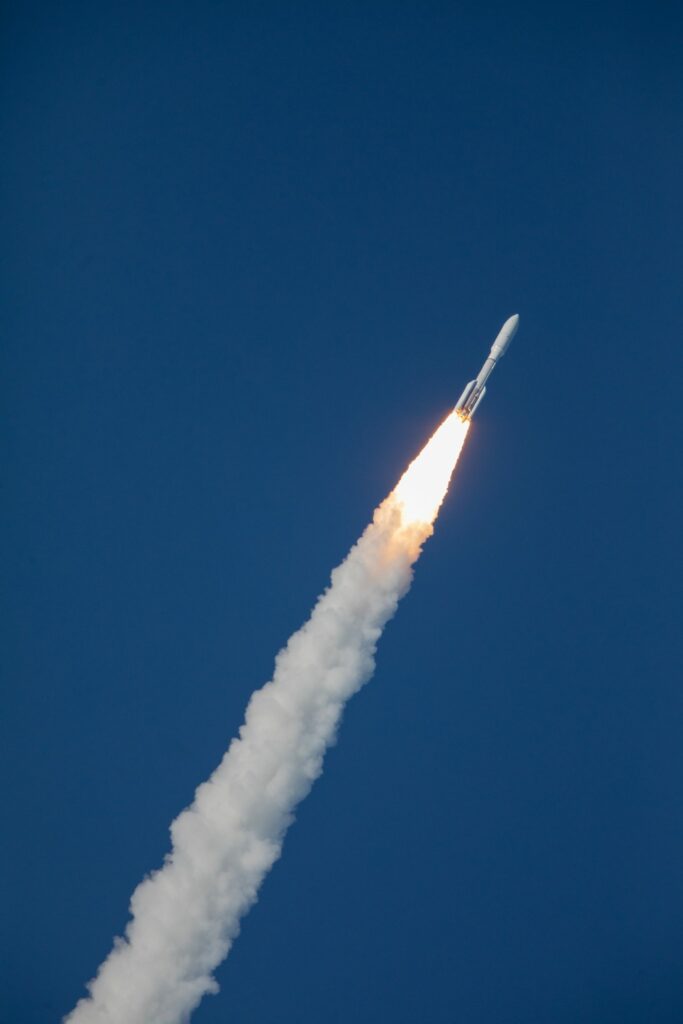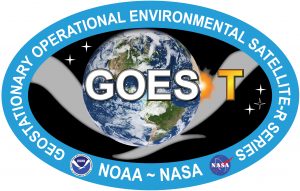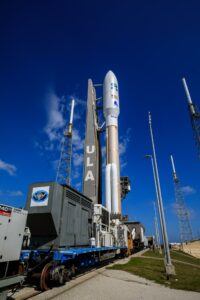NASA and SpaceX now are targeting Tuesday, June 25, for the launch of GOES-U, the fourth and final satellite in National Oceanic and Atmospheric Administration’s (NOAA) Geostationary Operational Environmental Satellites (GOES) – R Series. The new launch date allowed time for teams to fully repair and test the Falcon Heavy core booster after a liquid oxygen leak was identified during routine new booster testing in February. NASA and SpaceX teams have resumed preparation of the GOES-U launch. GOES-U will launch on a SpaceX Falcon Heavy rocket from Launch Complex 39A at the agency’s Kennedy Space Center in Florida.
NOAA oversees the GOES-R Series Program through an integrated NOAA-NASA office, managing the ground system, operating the satellites, and distributing their data to users worldwide. NASA’s Goddard Space Flight Center manages the acquisition of the spacecraft and instruments and also built the Magnetometer instrument for GOES-T and GOES-U. NASA’s Launch Services Program, based at Kennedy Space Center manages the launch services for the GOES missions. Lockheed Martin designs, builds, and tests the GOES-R series satellites. L3Harris Technologies provides the primary instrument, the Advanced Baseline Imager, along with the ground system, which includes the antenna system for data reception.



 The United Launch Alliance Atlas V 541 Centaur main engine successfully restarted and then cut off again just a few minutes later as the
The United Launch Alliance Atlas V 541 Centaur main engine successfully restarted and then cut off again just a few minutes later as the 



 The weather outlook for today’s National Oceanic and Atmospheric Administration’s (NOAA)
The weather outlook for today’s National Oceanic and Atmospheric Administration’s (NOAA)